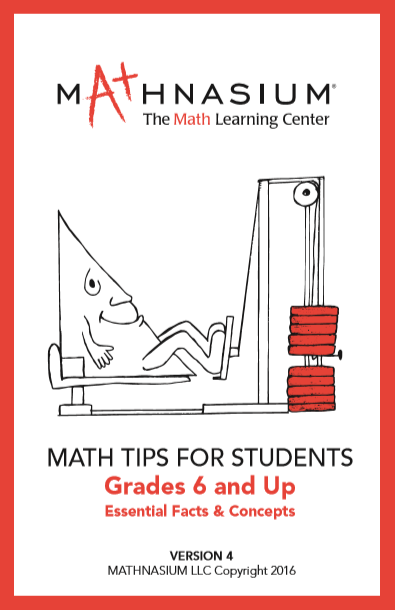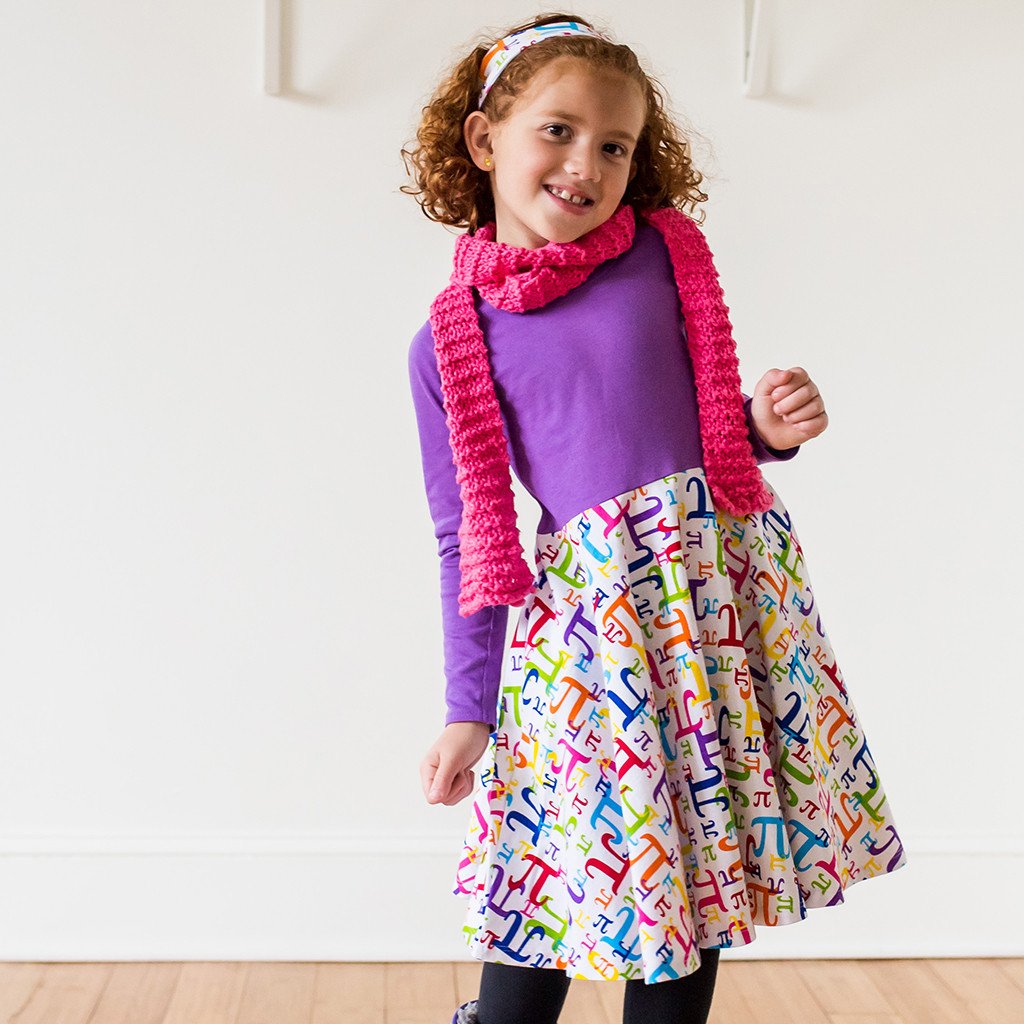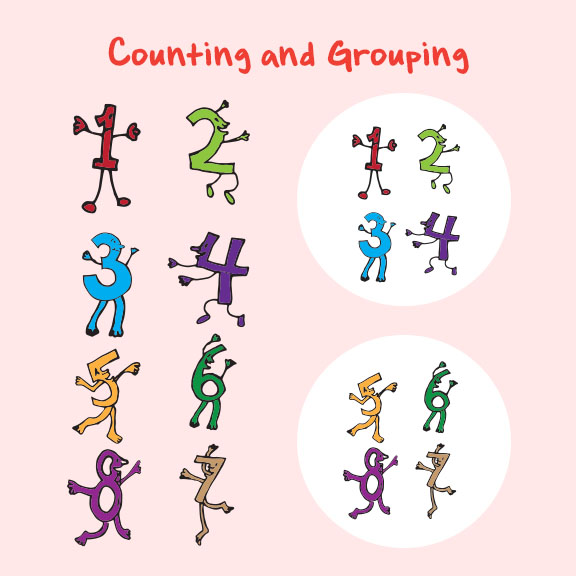When I go out to schools and talk with parents, I ask them, “How many of you read with your kids?”
I usually get a room full of raised hands and proud faces.
Then I ask them, “How many of you math with your kids?”
While many parents have never heard math used as a verb before, they instantly understand my meaning, and I see those proud faces turn sheepish.
There is a classic, widely read book on phonics recommended by the US Department of Education called “Why Johnny Can’t Read: And What You Can Do About It.”
The teaching techniques that form the backbone of The Mathnasium Method™ are essentially “Why Johnny Can’t Math: And What You Can Do About It.”
I’d like to introduce you to a verb I use often, and one I hope will become part of your daily life.
Math /mæθ/
Verb (intransitive): math, mathed, mathing
: to practice mathematics
: to work on developing number sense
: to use math skills in every day life
Examples: “Please turn the TV off, I’m mathing and I need to concentrate.”
“Let’s math together after school today.”
“I mathed with Mom after dinner last night, and I was prepared for my geometry pop quiz this morning.”
Parents understand the necessity of reading with their child and make an effort to do so often, but when it comes to mathing with their child, they are often at a loss, particularly when their student moves beyond primary school curriculum. Many parents simply haven’t been taught how to help their children build the skills they need to be successful in math.
Mathing is as fundamental to a child’s cognitive development as reading, and it can be fun. After all, children don’t innately hate math, they hate being confused, frustrated, and embarrassed by math. Math with your child often to work through confusion and boost their confidence. Once they understand math and possess number sense and numerical fluency, curiosity and passion will follow naturally.
I’ve created some simple Dos and Don’ts to follow as you work with your child to stay on track in their math studies.
Dos:
1) Do “math” with your children just as you read with them.
2) Do make sure your children get their math homework done in a timely fashion.
3) Do meet with your child’s math teacher from time to time so that you know what is going on beyond the report card (your child’s attitude, whether there is a need for extra help or enrichment, etc). Work with your child’s teacher to set REALISTIC GOALS for the current school year and for the future.
Don’ts:
1) Don’t let your negative experiences in the math classroom influence your child’s education.
2) Don’t let your child use a calculator until the child has developed genuine number sense.
3) Don’t let your child be put in a math class that the child is not ready for – that is, a class where the child does not have the prerequisite knowledge necessary for success.
Following these Dos and Don’ts will not solve everything, as students need to continuously nurture their math skills and number sense with practice.
Here are some additional in-depth tips for mathing with your K-5 child.

Check out these further in-depth tips for students grades 6 and up to ensure they have acquired the number sense necessary to be successful in their classes.

These booklets provide a starting point for your family mathing sessions at home. I’ll endeavor to provide more guidance on mathing with your student here on the Number Sense blog.
If you ever find yourself on the receiving end of the question, “Do you math with your child?” I hope your answer will be an emphatic and proud, “Yes!”
{{cta(‘f7209585-d16e-4187-b521-69774f15de42’)}}

















